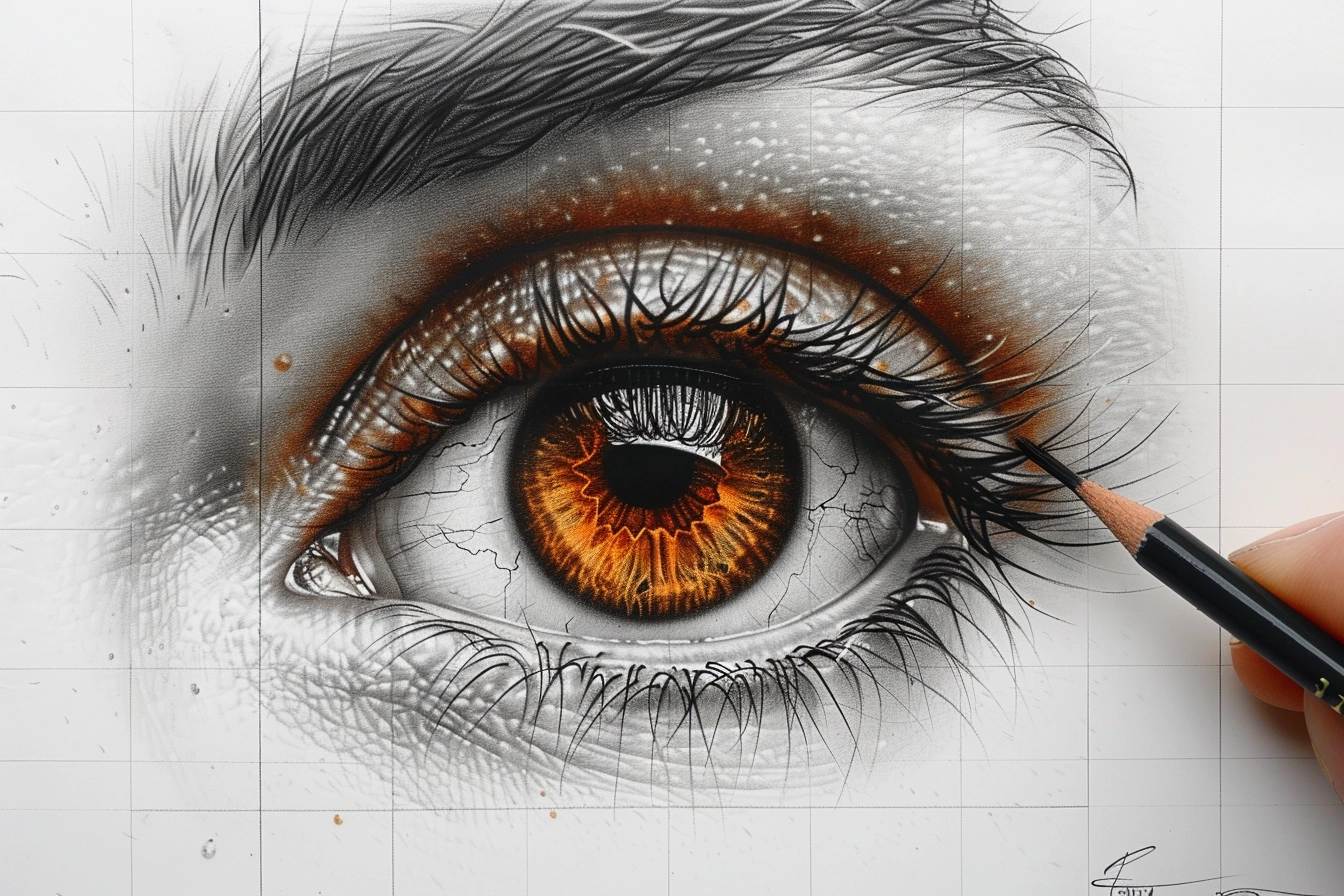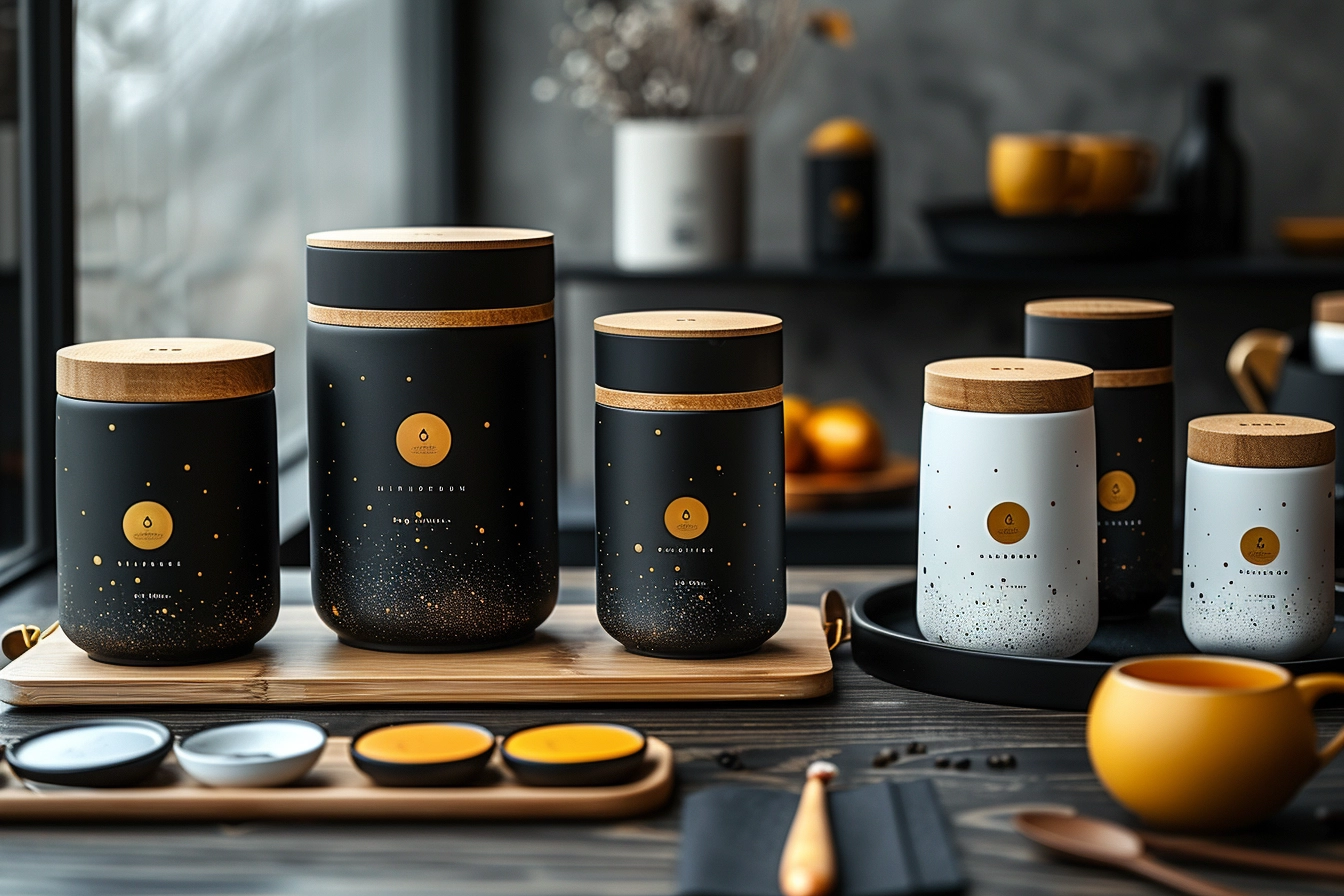Comprehending the Golden Ratio
The Golden Ratio is an ageless design theory utilized for millennia to produce visually appealing compositions. This mathematical ratio, roughly 1.618, is often called the divine proportion or golden mean. It may be found in nature, art, architecture, and design. It’s a basic idea that may greatly improve your company’s visual identity.

Based on a sequence of numbers called the Fibonacci, where each number is equal to the sum of the two numbers before it, the Golden Ratio may be found. From the spiral of a conch to the arrangement of leaves on a stem, this pattern is frequently seen in nature. Famous painters like Leonardo da Vinci and builders like Le Corbusier have utilized the ratio, which is symbolized by the Greek letter phi (φ).
It is not enough to only understand the Golden Ratio mathematically. The important thing is to acknowledge the innate harmony and balance it gives compositions. The Golden Ratio, when used properly, may provide the observer with an intuitive feeling of proportion.
To put it simply, the Golden Ratio splits a line into two segments so that the bigger segment’s ratio to the smaller segment and the line’s overall ratio are equal. This results in an eye-catching proportion that is frequently referred to as “divine” or “perfect.”
Unconsciously or consciously, people are drawn to items and patterns that have the Golden Ratio in them. Its enduring existence in nature and historical accounts indicate that it speaks to a basic human need. You can draw on this natural sense of beauty and produce graphics for your company that are both aesthetically pleasing and emotionally impactful by learning about and utilizing the Golden Ratio.
How to incorporate the ageless Golden Ratio into your creative process and examine how to apply it to other elements of your brand’s design, such as typography and logos will be explored below.

Applying the Golden Ratio to Branding
The Golden Ratio may give your designs a feeling of harmony, balance, and proportion when it comes to branding. Learning to apply this ratio will help you create a more visually appealing and memorable brand for your website, packaging, or logo.
Determining your logo’s proportions is a popular use of the Golden Ratio. You may build an eye-pleasing arrangement that seems natural by splitting the logo area according to the ratio. The establishment of symmetry and order—two essential components of successful branding—can be facilitated by this.
Take the recognizable Apple logo, for instance. The apple’s form and the bite that was taken out of it both adhere to the Golden Ratio’s rules. The logo’s overall feeling of refinement and balance is enhanced by this subtly applied ratio.
Learn the art of contrast and balance in branding:
The Golden Ratio is often used in layout and font design. You may build a visually appealing design that attracts the user in and directs their eye around the page by utilizing the ratio to decide the size and spacing of text components.

For example, you may use the Golden Ratio to decide on the width of columns, the size of headers, and the paragraph spacing while constructing a website. This improves the user experience by resulting in a layout that is aesthetically pleasing and simple to navigate.
Using the Golden Ratio in your branding is about more than simply making graphics that look good; it’s also about making designs that successfully convey the personality and values of your business. Your audience will find your brand identity memorable and coherent if you use the ratio to generate proportion and balance.
Discover the secrets to make your brand stand out:
Useful advice on how to include the Golden Ratio in all stages of your design process, from initial concept to finished product. Watch this space to find out how you can use this ageless idea to improve the visual identity of your company.

Including the Golden Ratio in the Process of Design
Embracing the Golden Ratio as a tool to improve the visual identity of your company and its aesthetic appeal might make incorporating it into your design process less intimidating. Here’s how to apply this age-old idea to every step of the creative process, from ideation to production.
Introduce the Concept to Yourself
Start by being well-versed in the Golden Ratio’s fundamental ideas. Explore its mathematical foundations, learn about its uses in nature, architecture, and art, and learn about its history. There are a plethora of online courses and resources that may help you grasp the concept, including real-world examples and insights into properly applying the ratio in design.

Investigation and Experimentation
After gaining a basic comprehension of the Golden Ratio, it’s time to apply theory to real-world situations. Try varying how you include the ratio in your wireframes, mock-ups, and drawings. Explore different layouts and proportions without fear, allowing yourself to rework and improve your concepts until you get the ideal harmony.
Adaptability and Flexibility
Though the Golden Ratio offers a useful foundation for design, it’s important to keep in mind that imagination has no boundaries. Be adaptable in your approach, changing the ratio to fit your brand’s particular requirements and aesthetic preferences. Give yourself the creative freedom to adjust the ratio to suit your needs, whether that means slightly altering the ratio’s proportions or departing from the conventional Fibonacci sequence.

Concept with an Eye Towards Golden Ratio
Think about how the Golden Ratio might inform your creative vision as you generate ideas for the design of your brand. Balance, proportion, and harmony are important design concepts to bear in mind while creating a new logo, website design, or product packaging. Make sure that every component of the design works together to create a composition that is visually appealing by using the ratio as a compass.
Learn the principles of adapting to new design styles in branding:
Implementation and Improvement
To keep your designs coherent and consistent as you move from concept to implementation, keep the Golden Ratio in mind. To generate the best possible visual effect, pay particular attention to the proportions of the font, graphics, and negative space. Adjust as needed. Ask for input from focus groups, clients, or colleagues to get new insights and improve your designs.

Accept Input and Iteration
Accept that the design process is iterative and acknowledge that feedback is a vital resource for development. Refine your designs and improve the visual identity of your brand by being receptive to constructive criticism. Recall that reaching perfection is a process rather than a destination and that every iteration advances your design objectives.
Appreciate Your Achievements
Ultimately, be proud of the results of your hard work. Celebrate the effective use of the Golden Ratio in the design of your brand, knowing that you’ve produced an eye-catching and meaningful piece of work. Proudly display your creations to the world, knowing that your designs exemplify the ageless concepts of harmony, balance, and proportion.

By incorporating the Golden Ratio into your design process, you may produce captivating and motivating compositions for your audience. Accept this age-old idea as a point of reference for your creative process, and observe how the visual identity of your brand blossoms with more complexity and depth.



